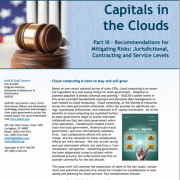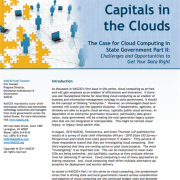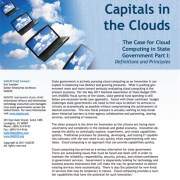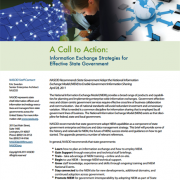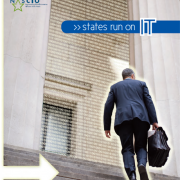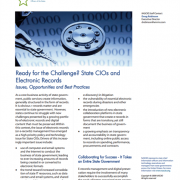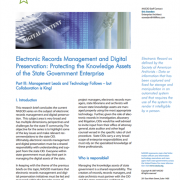Why Should Government Join Up? Why now? What do we gain?
Maintaining and increasing government service delivery in the current economic circumstances is nearing the impossible. What is the answer? Part of the answer is the formation of collaborative relationships across agencies and jurisdictions to share and in some circumstances consolidate investments. State and local governments can not afford to go it alone. Through collaborative governance structures, jurisdictions can pool funding, increase buying power, remove or reduce redundant investments in technology and actually make significant gains in the quality of service.


